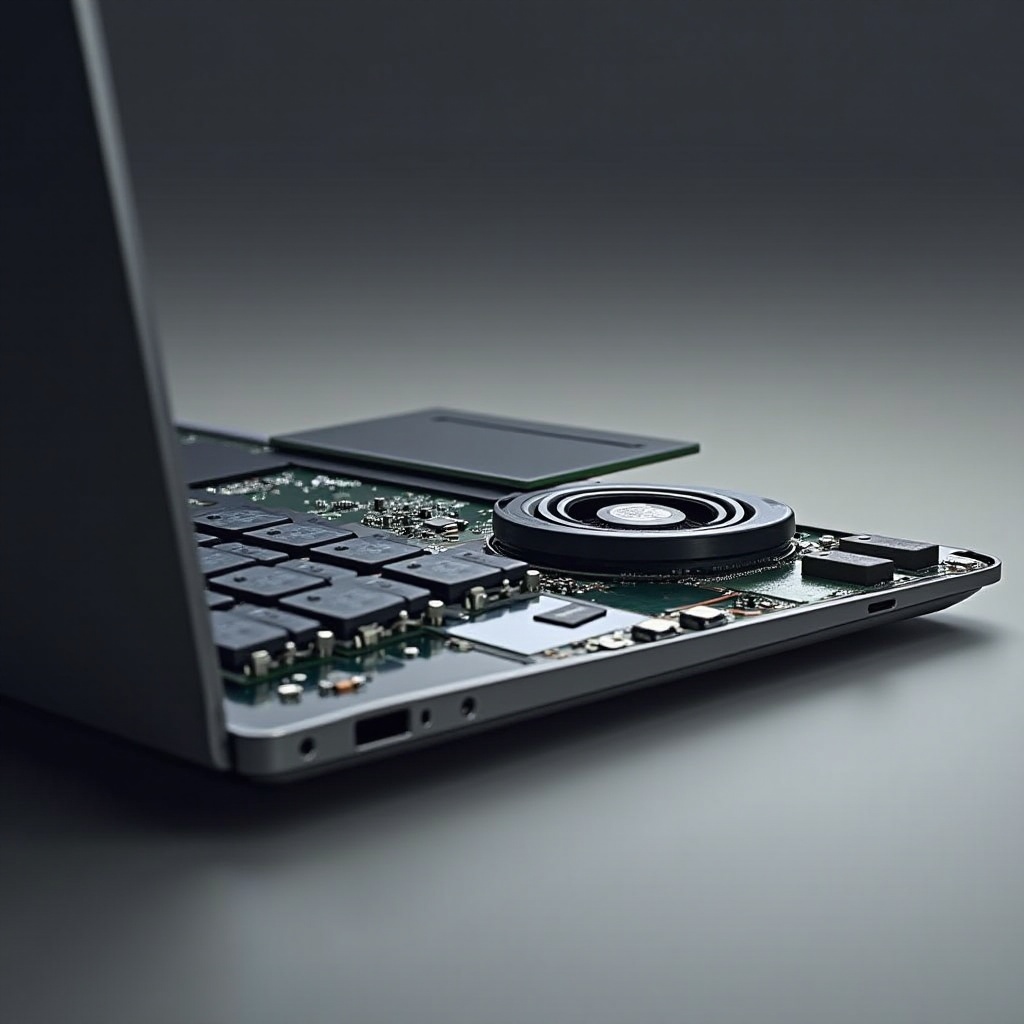
Introduction
Understanding your laptop’s video card is indispensable for optimizing performance, gaming, and troubleshooting display issues. Whether upgrading your software, resolving errors, or installing new peripherals, knowing your video card specifications helps achieve your goals more efficiently. This guide offers various methods to identify your laptop’s video card, using built-in utilities and third-party tools, while also consulting manufacturer resources for precise information.

Understanding Video Cards: Basics and Importance
Video cards—or graphics cards—play a pivotal role in your laptop. They process data from the CPU and convert it into visual output for your screen. This hardware component is crucial for tasks like gaming, designing, or running graphic-intensive applications. Understanding your video card’s specifications clarifies your laptop’s capabilities, aids in software installation decisions, and guides you on potential upgrades or replacements.
Methods to Identify Your Laptop’s Video Card
Several methods are available to identify your laptop’s video card, ensuring you get detailed hardware information using built-in Windows tools.
Using System Information Utility in Windows
- Press the Windows key, type ‘System Information’, and hit Enter.
- In the System Information window, expand the ‘Components’ category.
- Click on ‘Display’ and note the details under ‘Name’ to find your video card.
Checking via Device Manager
- Right-click the Start button and select ‘Device Manager’.
- Expand the ‘Display adapters’ section to see the graphics card(s).
- Right-click the entry to view properties for more information.
Accessing Display Settings
- Right-click on the desktop and select ‘Display settings’.
- Scroll down and click on ‘Advanced display settings’.
- Under ‘Display adapter properties’, detailed graphics card information is available.
These built-in Windows tools are accessible and offer sufficient details for most users. However, third-party tools are recommended for more advanced features or deeper insights.

Third-Party Tools for Video Card Identification
While built-in options are useful, third-party tools offer comprehensive details and more user-friendly interfaces.
Recommended Software Tools
Consider using third-party tools like GPU-Z, Speccy, and AIDA64. These applications provide detailed insights into your video card’s specifications, performance, and temperature.
Steps to Effectively Utilize These Tools
- Download and install a preferred software tool.
- Launch the program to automatically detect your hardware components.
- Navigate to the graphics section to view detailed information about your video card, including model, clock speed, memory, and temperature.
Using these tools enhances your comprehension of your video card’s capabilities, offering more insights compared to standard utilities.

Manufacturer Resources and Support Websites
If previous methods fail to provide satisfactory details, turn to manufacturer resources.
Finding Information via Manufacturer Websites
- Visit the official website of your laptop’s manufacturer.
- Navigate to the support or drivers section.
- Enter your laptop model number to access specifications, including video card details.
Using Service Tags and Serial Numbers
- Locate the service tag or serial number on your laptop.
- Enter this information on the manufacturer’s support website.
- Retrieve detailed specifications and support information specific to your laptop model.
Manufacturer resources provide precise and reliable information, often offering the most accurate details pertinent to your laptop’s configuration.
Conclusion
Identifying your laptop’s video card is essential in maximizing its potential. Regardless if you’re a casual user, gamer, or professional using intensive applications, knowing your video card’s specifics enhances your experience. Use Windows utilities, third-party tools, or manufacturer resources to precisely identify your video card.
Frequently Asked Questions
How can I update video card drivers on my laptop?
You can update drivers via Device Manager by right-clicking the graphics card, selecting ‘Update driver’, and following the prompts. Alternatively, visit the manufacturer’s website for the latest drivers.
Is it possible to change the video card in laptops?
Generally, video cards in laptops are integrated into the motherboard and are not user-replaceable. However, external GPU solutions exist for compatible laptops.
Why does my laptop not display the video card information?
This can occur due to outdated drivers, system errors, or if the card is not properly installed or recognized. Updating drivers or consulting manufacturer support may resolve the issue.
